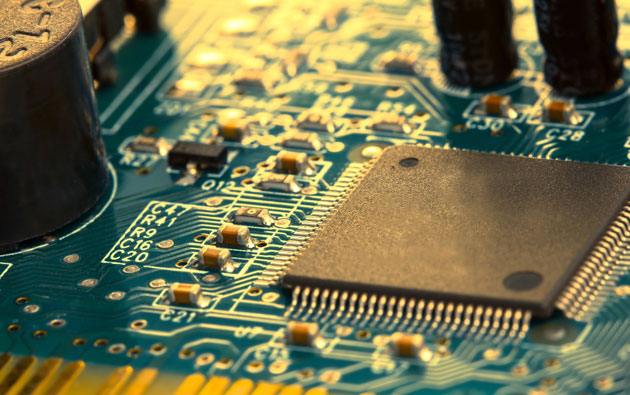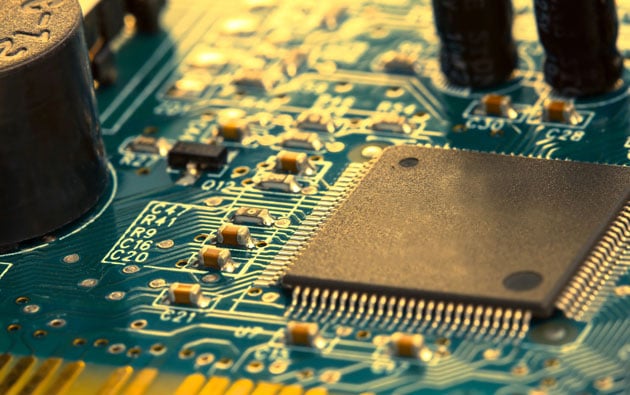
We all rely on electronic and communication devices in our everyday lives, and there is a huge market demand. A lot of skill and precise engineering is needed to create the components that go into such devices, and there are a lot of hurdles to overcome. It’s important that product designers in this field are able to find and select the right materials quickly and easily in order to keep on top of the fast-paced development.
Materials are required to be flexible and versatile, often needing to be manipulated with exceptional precision. In electronic equipment, the generation of heat can be a real issue, so any materials used need to be able to resist the effects of this environment. Materials also need to be able to withstand corrosion due to outside factors, as this can have an impact on the operation of a device and its longevity.
Communication devices can be employed in all manner of industries, including marine and aerospace, which each have their own individual problems to tackle. It’s a tough task for the designer or engineer to select materials that will perform their required task, as well as be tailored to the situation that they will be used in.
The right products
When it comes to electronic and communication components, designers and engineers often opt for commercially pure (low-alloy) nickel. This is because, in comparison to nickel alloys, commercially pure nickel has high electrical and thermal conductivity. It also has good ductility and malleability, which is essential when working on sensitive and often small components that require a lot of precision.
One product that can be employed in the electronics and communication industry is Nickel alloy 200. This commercially pure (99.6%) wrought nickel has a multitude of uses, thanks to its good mechanical attributes and excellent resistance. It offers magnetic and magnetostrictive properties, as well as the essential electrical and thermal conductivity requirements for such components.
Alternatively, for some electronic components, Nickel alloy 201 may be preferred. It has many of the same properties as Nickel alloy 200, but it is low carbon and operates better in environments when temperatures are high.
While commercially pure nickel is chosen for many projects within the electronics and communications industry, there are opportunities to incorporate other materials for certain components. As an example, INCONEL alloy 600 offers excellent resistance in a range of different situations, but within electronics this is particularly useful for sensitive wiring. It’s also useful in the electronics field for such parts as cathode-ray tube spiders, thyratron grids, tube support members and springs.
If you’re working on a project in the electronics and communications field, have a chat with our friendly Sales team to find out more about the Grades we can supply.
 Popular metal alloys for the field of electronics and communications
Popular metal alloys for the field of electronics and communications

